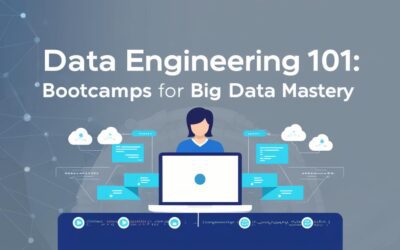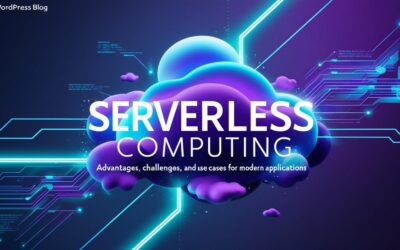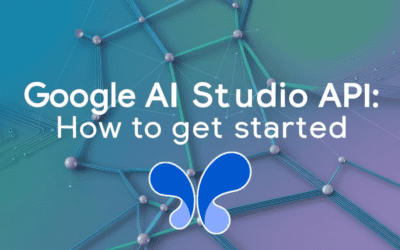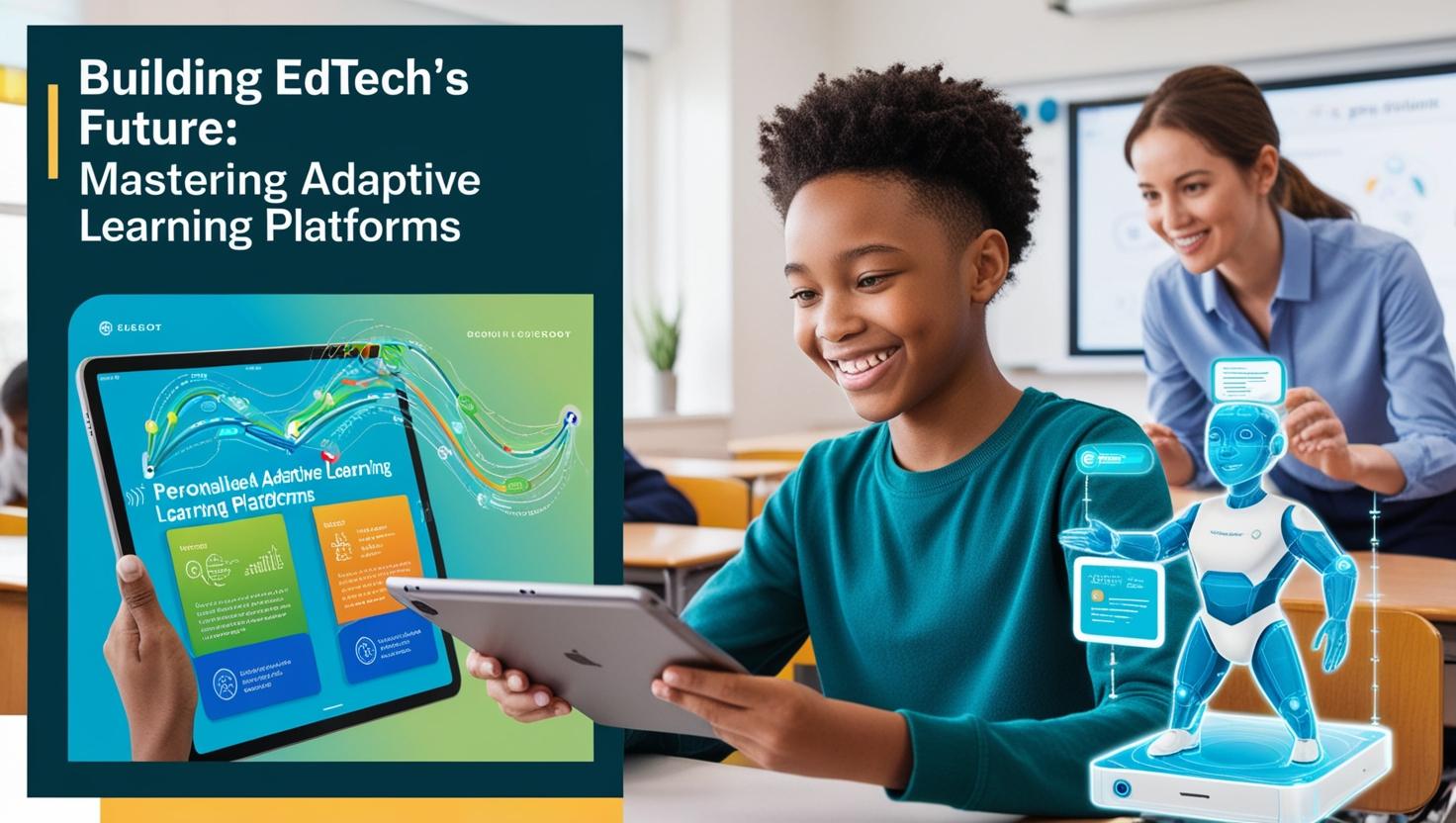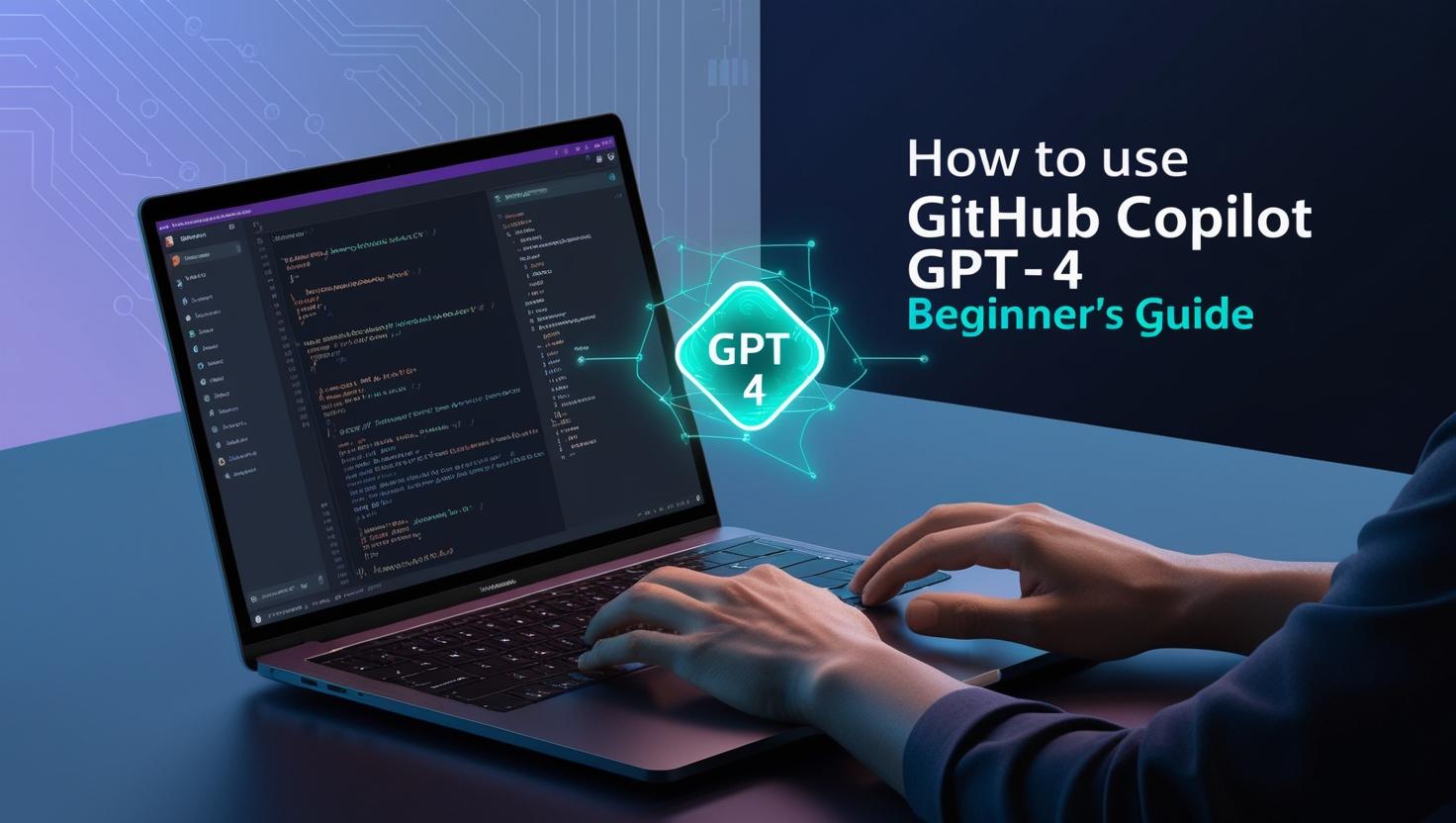The global EdTech market is booming, projected to surpass $404 billion by 2025, driven by innovations like adaptive learning platforms. These systems, which tailor educational content to individual learner needs, are redefining classrooms and corporate training alike. By leveraging data analytics, AI, and scalable technology, adaptive learning platforms empower educators to meet students where they are—while equipping developers with opportunities to shape the future of education. Let’s explore their rise, the skills needed to build them, and their potential to democratize learning.
How Adaptive Learning Platforms Personalize Education
Data-Driven Insights and Custom Pathways
Adaptive learning platforms analyze student performance in real time to create dynamic learning paths. For instance, platforms like DreamBox use machine learning to adjust math problems based on a student’s strengths and weaknesses. A 2022 study by the Bill & Melinda Gates Foundation found that schools using adaptive tools saw a 20% increase in math proficiency rates compared to traditional methods.
Real-Time Feedback and Adjustments
Immediate feedback is a cornerstone of adaptive systems. Smart Sparrow, for example, lets educators design interactive lessons where students receive hints and explanations tailored to their mistakes. This approach reduces frustration and keeps learners engaged.
Accessibility for Diverse Needs
From supporting students with disabilities to offering multilingual content, adaptive platforms prioritize inclusivity. Microsoft’s Learning Tools, integrated into platforms like Canvas, use AI to provide text-to-speech and dyslexia-friendly fonts, benefiting over 25 million users globally.
Technical Skills for Developing Adaptive Learning Platforms
Machine Learning and Predictive Analytics
Developers need proficiency in frameworks like TensorFlow or PyTorch to build algorithms that predict student outcomes. For example, Duolingo’s adaptive language courses use machine learning to adjust lesson difficulty based on user performance, contributing to a 50% higher retention rate.
Natural Language Processing (NLP)
NLP enables platforms to interpret essays, answer questions, and simulate tutoring conversations. Tools like OpenAI’s GPT-4 are being integrated into platforms like Khan Academy to provide nuanced, conversational feedback on complex subjects.
Scalable Cloud Infrastructure
Adaptive platforms require robust backend systems. Cloud services like AWS and Azure ensure seamless scalability, while APIs enable integration with existing LMS platforms like Moodle or Blackboard.
Challenges in Building Adaptive Learning Systems
Data Privacy and Security
With platforms collecting sensitive student data, compliance with regulations like GDPR and COPPA is critical. Encryption and anonymization techniques, such as those used by Knewton, help mitigate risks.
Overcoming Algorithmic Bias
Biased algorithms can reinforce inequities. A 2021 Stanford study highlighted that diversifying training data reduced bias in adaptive systems by 35%. Regular audits and interdisciplinary teams are essential for fairness.
The Future of Adaptive Learning Platforms
Integration with AI and AR/VR
Hybrid models combining adaptive algorithms with immersive tech are on the rise. Labster’s virtual labs, for instance, let students conduct 3D science experiments guided by adaptive feedback.
Global Accessibility and Multilingual Support
Real-time translation features are breaking language barriers. Coursera’s AI-driven subtitles, available in 30+ languages, have expanded access to 92 million learners worldwide.
Conclusion: Shaping the Future of EdTech
Adaptive learning platforms are more than a trend—they’re a paradigm shift in education. For developers, mastering AI, cloud tech, and ethical design is key. For educators, embracing these tools means unlocking personalized, equitable learning at scale. Collaboration across sectors will ensure these systems evolve responsibly, bridging gaps in global education.
- Developers: Prioritize ethical AI training and open-source collaboration.
- Educators: Advocate for PD programs to integrate adaptive tools.
- Policymakers: Fund initiatives that expand access to adaptive technology.
By mastering adaptive learning platforms, we can build an EdTech future where every learner thrives.

